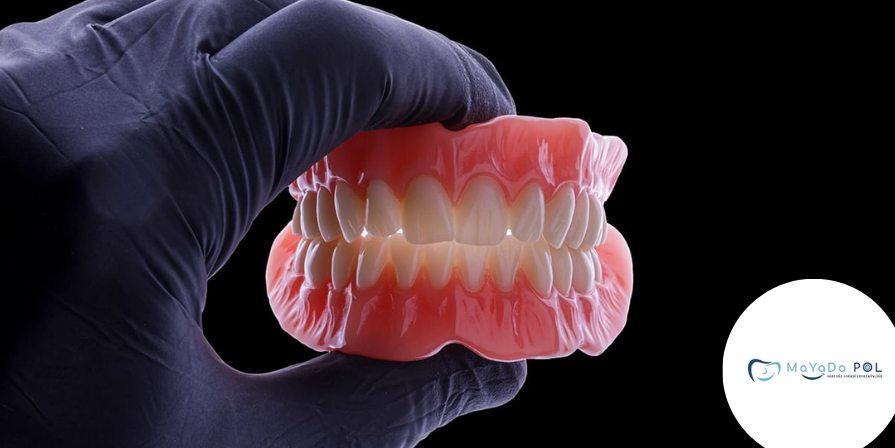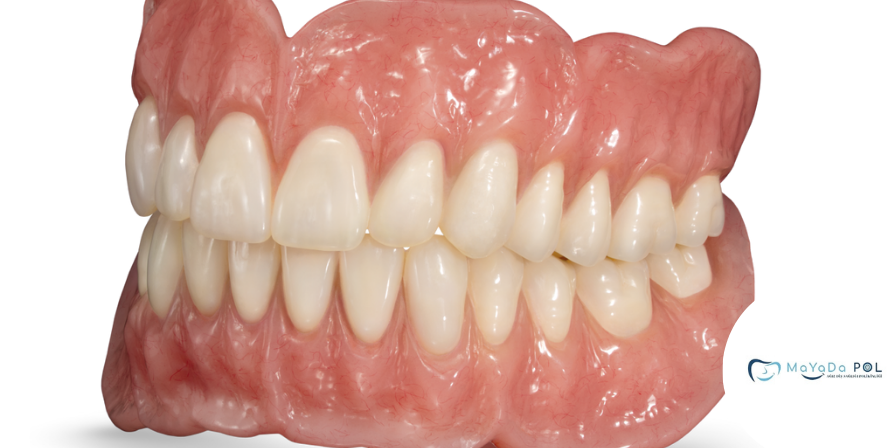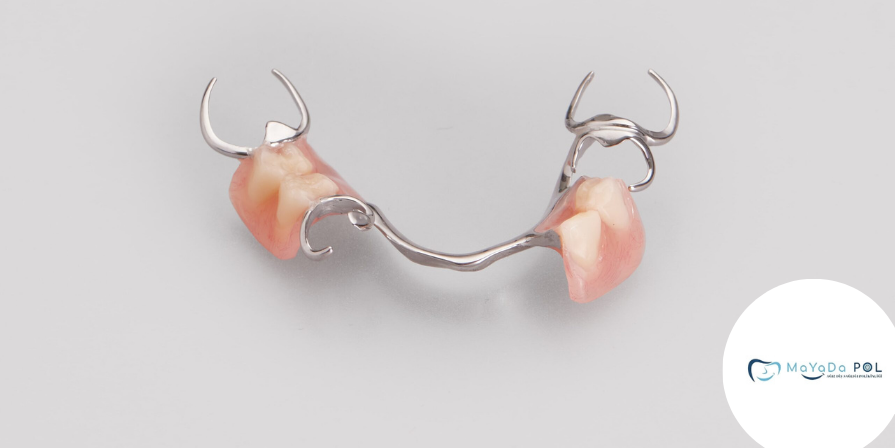DENTAL PROSTHESES
Definition (Description):
Dental prostheses are artificial teeth made to replace missing teeth and restore oral functions such as chewing and speaking, as well as aesthetics.
Procedure (How It's Made):
-
Initial examination and diagnosis
-
Taking intraoral impressions
-
Preparing dental models and planning
-
Trial fittings and adjustments
-
Laboratory fabrication of the prosthesis
-
Final fitting and follow-up appointments
Indications (When Needed):
-
Loss of one or more teeth
-
Complete edentulism (no teeth in the arch)
-
Tooth loss due to trauma or decay
-
Aesthetic or functional requirements
Types:
-
Removable Prostheses:
-
Complete dentures
-
Partial dentures
-
Immediate dentures
-
-
Fixed Prostheses:
-
Crowns
-
Bridges
-
-
Implant-Supported Prostheses:
-
Fixed implant-supported dentures
-
Removable implant-supported dentures (overdentures)
-
Advantages:
-
Improves aesthetic appearance
-
Restores speech and chewing ability
-
Prevents shifting of adjacent teeth by filling gaps
-
Boosts self-confidence
Disadvantages:
-
May take time to get used to
-
Removable types can lack stability
-
May require periodic adjustment or replacement
-
Fixed types may involve tooth preparation
TOTAL DENTURE
-
Definition & Indications
-
Used when all teeth are missing in the upper or lower jaw.
-
Case suitability depends on bone volume and soft tissue conditions.
Fabrication Process
-
Oral and anatomical assessments with impressions.
-
Wax rim trials to adjust size and vertical dimension.
-
Shade, aesthetics selected; acrylic denture processed in lab.
-
Fitting appointment includes bite and functional adjustment.
-
Follow‑up visits (1–2 weeks) for fit, comfort and fine‑tuning.
Advantages
-
Provides natural aesthetics.
-
Restores speech, chewing, and facial support.
-
Cost‑effective option.
-
No metal framework required.
Disadvantages
-
Can affect speech initially (e.g. lisping).
-
Lower chewing efficiency than fixed options.
-
Bone resorption may require replacement every few years.
-
Risk of movement or slippage when eating.
PARTIAL DENTURE
-
Definition & Indications
-
Removable prostheses attached with metal clasps to remaining teeth.
-
Ideal for patients with multiple missing teeth seeking function and aesthetics.
Fabrication Steps
-
Take impressions & create models.
-
Plan design: determine abutment teeth and clasp placements.
-
Laboratory fabrication of metallic framework and acrylic base.
-
Trial insertion to assess fit, aesthetics and function.
-
Final delivery with adjustment and hygiene instruction.
-
Periodic follow‑ups to check clasp tightness and framework integrity.
Advantages
-
Quick replacement of missing teeth.
-
High stability from metal clasps.
-
Easy removal for cleaning.
-
Fills spaces without requiring fixed prosthetics.
Disadvantages
-
Metal clasps may be visible and affect esthetics.
-
Risk of decay or loosening in teeth bearing clasps.
-
Without good hygiene, can lead to oral disease.
-
-




